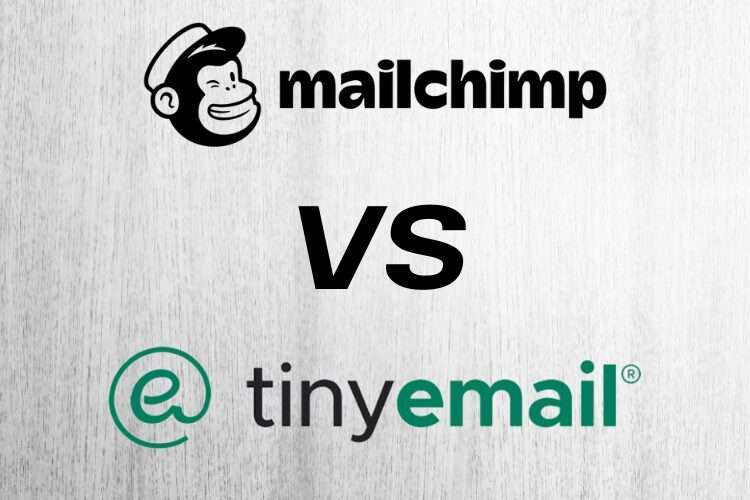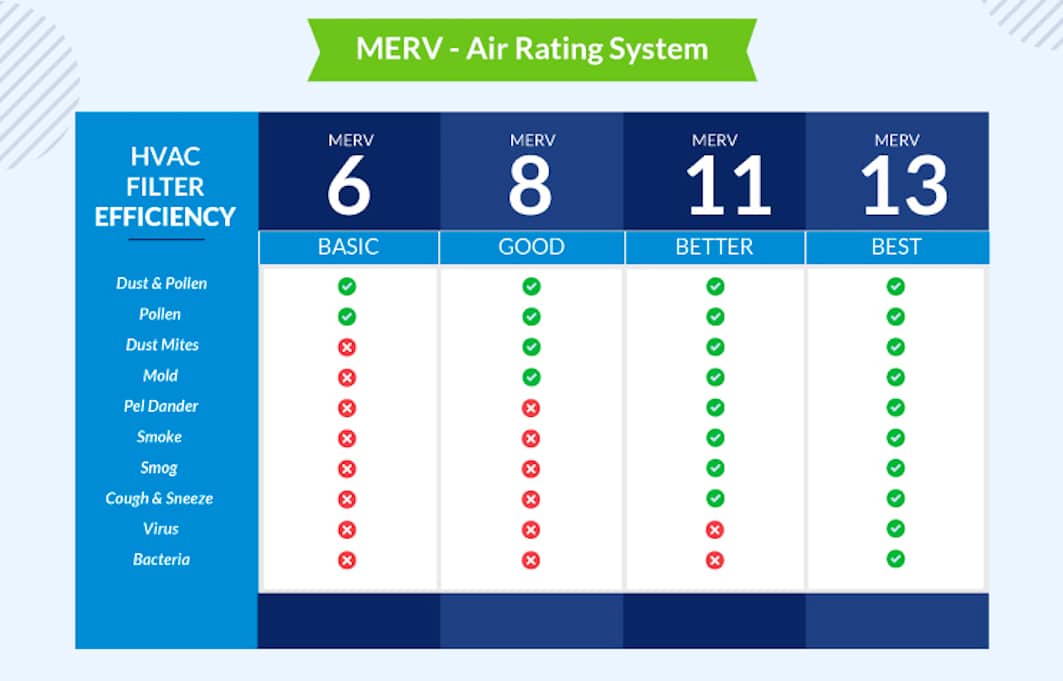Mailchimp vs TinyEmail: 7 Major Differences

Email marketing is an essential part of any successful online business. Choosing the right email marketing platform can have a big impact on your ability to create professional-looking campaigns, manage subscribers, analyze results, and achieve your goals.
In this article, we’ll compare two popular email service providers—Mailchimp and TinyEmail—and highlight seven key differences to consider when deciding which one is best for your needs.
What is Mailchimp?
Mailchimp is one of the most well-known email marketing platforms, used by millions of businesses and individuals worldwide. Key features include:
- Intuitive drag-and-drop email builder and template library
- Automation features for sending drip campaigns and welcome sequences
- Extensive analytics on email performance
- Integrations with major ecommerce platforms and CRMs
- Free plan available for up to 2,000 subscribers
What is TinyEmail
TinyEmail positions itself as an affordable and simpler alternative to Mailchimp. Key features include:
- Drag-and-drop email builder with basic templatAbility to upload contacts and send regular broadcast emails
- Basic analytics on opens, clicks
- Plugin integrations with some ecommerce platforms
- Very low pricing, starting at $15/month
Now let’s dive into 7 major ways Mailchimp and TinyEmail differ across key criteria like features, pricing, and suitability for different use cases.
1. Features and Functionality
The most obvious difference between Mailchimp and TinyEmail lies in their respective feature sets.
As a leading email marketing platform, Mailchimp offers an extensive suite of sophisticated features for designing professional emails, automating workflows, integrating with other apps, and analyzing campaign performance.
TinyEmail provides a much more basic, pared-down set of email marketing capabilities focused on simplicity. Their tool may work well for sending basic newsletters, but lacks more advanced functionality.
Email Design and Templates
Mailchimp offers a drag-and-drop email builder with an expansive template library as well as easy custom CSS editing. This makes creating polished, branded email designs simple.
TinyEmail also has a drag-and-drop builder, but template selection is limited and formatting options are more constrained. The emails you can create look basic.
Automation and Workflows
Mailchimp has powerful features for automating multi-email campaigns, sending customer welcome sequences when someone signs up, and tailoring messaging with segments.
TinyEmail focuses on sending broadcast style emails. You can upload a contact list but there is little ability to automate sequences or complex campaigns tailored to customer behavior.
Integrations and Connections
Mailchimp offers Zapier and API integrations so you can connect your subscriber data, ecommerce store data, and other apps to your email campaigns. This enables sophisticated workflows.
TinyEmail has a basic plugin for common ecommerce platforms, but its ability to tap into data from other apps is limited. It lacks mature integration capabilities.
Analytics and Optimization
Mailchimp provides deep analytics on email performance – opens, clicks, unsubscribes, shareability. You also see behavior trends over time so you can continually optimize campaign effectiveness.
TinyEmail offers only high level data on open and click rates. There is little ability to segment and analyze subscriber behavior for ongoing optimization.
2. Sending Limits and Scalability
Mailchimp and TinyEmail also differ considerably in their sending limits as your list grows. Mailchimp can scale to support large and growing businesses. TinyEmail works for early-stage businesses but cannot accommodate high volumes.
| Mailchimp | TinyEmail | |
| Free Plan
Monthly Limit |
2,000 subscribers
12,000 emails |
1,500 subscribers
15,000 emails |
| Paid Plan
Monthly Limit |
No limit up to first 100,000
After: 500,000 per month |
$39/month: 7,500
$79/month: 15,000 |
Mailchimp can send campaigns with millions of subscribers, while TinyEmail caps total subscribers to a few thousand on paid plans.
For context, industry studies indicate the average email list size is around a few thousand subscribers. But for growing businesses planning high volumes or complex segmentation, Mailchimp offers greater scalability.
3. Ease of Use
In terms of ease-of-use, both platforms offer drag-and-drop builders and the ability to upload contacts. But Mailchimp does have a steeper learning curve.
TinyEmail prides itself on simplified email functionality that lets you get campaigns running quickly. The stripped down interface is intuitive for basic email needs.
Mailchimp’s extensive features and customization options make it more complex to master. TinyEmail has greater usability out of the box, while Mailchimp enables greater customization with an investment of time learning the platform.
So TinyEmail may better suit Those more interested in a set-it-and-forget-it solution, while Mailchimp gives greater control for savvy marketers.
4. Customer Support
The level of customer support is another area where Mailchimp and TinyEmail offer different experiences.
As you would expect with a simple tool, TinyEmail offers email support during business hours. But there is no online knowledge base or community, and direct human support is limited.
- In contrast, Mailchimp not only offers 24/7 email support, but an extensive suite of self-help options. These include:
- Robust searchable knowledge base** with guides, tutorials, and troubleshooting advice.
Online community forums** where Mailchimp power users and staff can post questions to the community. - In-app messaging and chat support** with Mailchimp agents to resolve issues live without leaving the platform.
For those who value quality user support, Mailchimp has a clear advantage. TinyEmail’s offerings are quite bare-bones by comparison. Just be prepared for slower response times from Mailchimp’s free-tier support options.
5. Shopify Integration
Another area where Mailchimp pulls ahead is its deep integration with the Shopify ecommerce platform.
The Mailchimp app allows granular syncing of your Shopify store’s customers, orders, and products into customized email campaigns. You can send abandoned cart reminders, back in stock alerts, personalized recommendations, and other powerful automations.
TinyEmail does offer a Shopify plugin to connect your store and view basic subscriber data. But the possibilities for customizing email journeys based on ecommerce events is far more limited compared to Mailchimp’s offerings.
For those working closely between Shopify and email, Mailchimp unlocks more potential there.
6. Deliverability and Compliance
A critical but often overlooked factor is a platform’s infrastructure surrounding email deliverability and compliance. This impacts whether your emails reliably land in subscriber inboxes or get blocked as spam.
Mailchimp has invested heavily in proprietary deliverability technology, sender reputation monitoring, and compliance to keep campaigns reaching the inbox. Their tools also help Market comply with evolving regulations like GDPR in Europe.
With TinyEmail, there are no noted issues with deliverability or compliance. But as a smaller provider, they may have fewer resources to combat issues proactively as they emerge across the industry.
For those sending marketing emails, Mailchimp’s leadership and proven technology in the deliverability space provides peace of mind. TinyEmail is likely sufficient but can’t claim the same track record at scale.
7. Pricing and Value
Lastly, Mailchimp and TinyEmail take vastly different approaches when it comes to pricing models. This impacts the overall value you receive relative to cost.
TinyEmail uses a simple pricing model focused exclusively on number of subscribers. Plans start at $12 per month for up to 500 subscribers. Volume discounts kick in for larger email lists.
Mailchimp uses a tiered pricing model based not only on number of subscribers, but also on the volume of emails you send monthly. Placing more emails also unlocks additional features.
Here is a breakdown ofcosts sending 15,000 emails to 5,000 subscribers:
| Platform | Monthly Cost |
| TinyEmail | $89 |
| Mailchimp | $199 |
At first glance, TinyEmail comes at smaller price tag. But what you get for that price differs greatly. Mailchimp provides far more advanced features, scalability, deliverability assurance, and customer support.
Look beyond superficial cost comparisons to the long term value – Mailchimp justifies a higher price tag through richer capabilities, infrastructure, and expertise. TinyEmail lets you dip your toes affordably.
It’s a wrap
Mailchimp and TinyEmail both aim to make email marketing more accessible. But they appeal to users with different needs.
TinyEmail offers an easy entry point for basic email newsletters on a budget. Mailchimp enables more sophisticated marketing at scale, with the pricing to match.
Ultimately for most serious digital Marketers, Mailchimp provides a mature solution with the tools to achieve strategic goals over time. The value justifies higher costs as volumes and complexity rise. TinyEmail, while more affordable up front, shows its limitations fast.
Think critically about your objectives, volumes, and functionality needed. Evaluating these seven major differences provides the information needed to select your ideal platform match.



